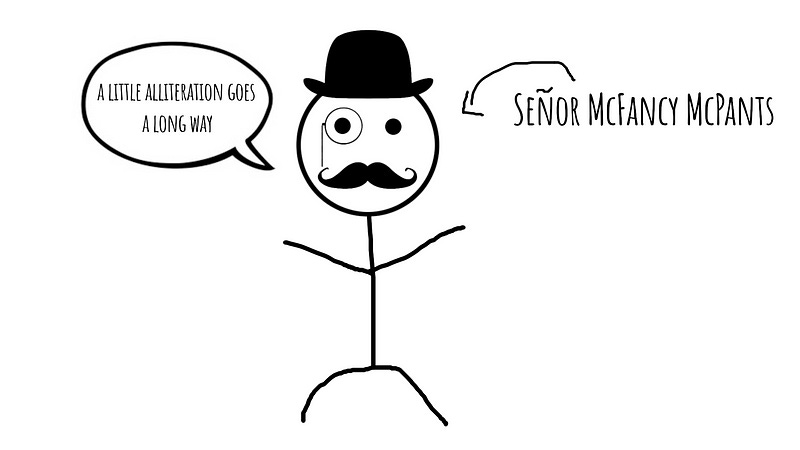
When I first learned of alliteration, it wasn’t a linguistic device that interested me much. When my middle school teachers spoke of “whispering winds and willows,” and all of the “seashells Sally sold by the seashore,” I couldn’t help but scoff and roll my eyes. Back then, writing wasn’t a hobby I ever dreamed of exploring.
Keep reading with a 7-day free trial
Subscribe to The Gen Z Report to keep reading this post and get 7 days of free access to the full post archives.

